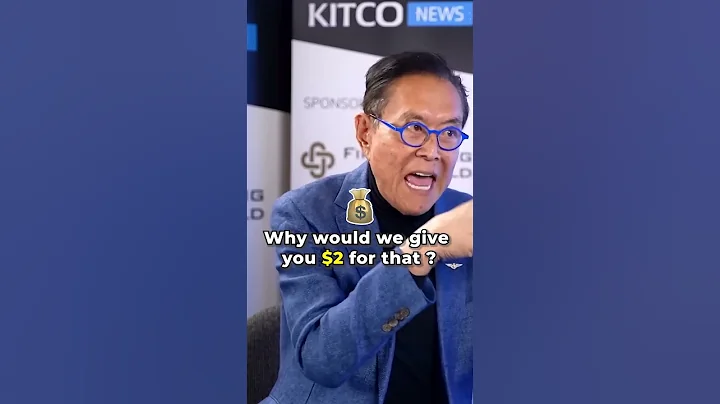shareholders' meeting is not valid. Which one is more direct?
There are 5 situations where the resolution of the shareholders' meeting is not valid:
1. The company has not convened a meeting, but the shareholders have unanimously expressed their consent in writing or the company's articles of association stipulate that the decision can be made directly without convening a shareholders' meeting or shareholders' general meeting, and all shareholders shall make the decision. Except for signatures and seals on documents;
2, the meeting was not due to a duel
3. The number of people present at the meeting or the voting rights held by shareholders do not comply with the provisions of the Company Law or the company's articles of association;
4. The voting results of the meeting do not meet the passing ratio stipulated in the company law or the company's articles of association;
5. Other circumstances in which the resolution does not hold true. Which of the five types of
is more direct?
If all the people signed it, it would be difficult to overturn it. If only some people signed it, how to overturn it?
The first situation? No meeting was held. Everyone can provide the shareholders' meeting resolution, which contains the time, place, signatories and content of the shareholders' meeting resolution. How can you say that there was no meeting? Unless there are special provisions for meetings and it is determined that other forms of meetings are deemed not to have been held, this is difficult.
The second situation, no vote. The time, place, signatories and content of the shareholders' meeting resolution are already included in the shareholders' meeting resolution. How can you say that there was no meeting? Unless there are special provisions for voting and determining that other forms of voting are deemed not to have been held, this is difficult.
The third and fourth situations can be grouped together, but the proportion is not up to standard. The number of signatories and their proportion is enough. The key is whether they sign and whether they sign for themselves, such as whether the signature is legally authorized. Signature is the key.
Judging from the above four situations, as long as there are people who exceed the voting ratio prescribed by law or articles of association and sign on the shareholders' meeting resolution, it is actually very difficult to confirm that it is not established.
What should we do? Is there any way for small shareholders to overturn the resolution of the shareholders' meeting with a majority of signatures?
Four clear examples are difficult to overturn the signature of more than a proportion of people.
has a direct method: notification, which must be notified to all shareholders. If the other party has no evidence to prove it and the dissenting shareholders are notified, the resolution may not be established!












